The fight against air pollution – which is still known as the “silent killer” – in this South Asian country is therefore extremely difficult. Many solutions have been proposed but so far, the results seem to be just a drop in the ocean.
The country has more than 2/3 of the world's most polluted cities
Air pollution has been a problem in India for decades. In 2016, in the first week of November alone, about 1,800 primary schools with millions of Indian students were forced to close due to extremely high air pollution in the capital New Delhi.
Residents of the city said they could not breathe, their eyes were watering, they were coughing and sneezing. Tens of thousands of workers called in sick and queued at pharmacies to buy masks. The Delhi government has introduced a series of measures to reduce air pollution, including suspending construction and demolition for five days, sending water trucks to clean the streets to reduce dust and banning the burning of garbage.
The Delhi government also urged people to stay indoors and avoid going out unless necessary. At that time, the air pollution index exceeded 1,000 micrograms per cubic meter for the first time in an area in the south of the capital New Delhi, 10 times higher than the recommended level of the World Health Organization (WHO) and considered the worst in 20 years in this South Asian country. Also at that time in 2016, WHO released data showing that of the 7 million people killed globally each year due to air pollution, more than a third were from India.
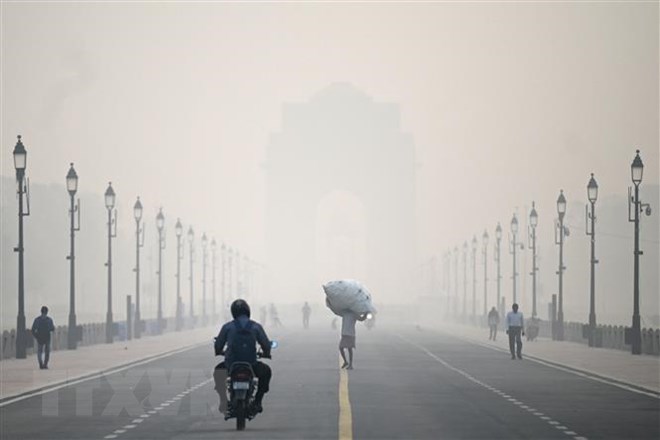
Smog covers India's capital New Delhi on November 1, 2022. (Photo: AFP/VNA)
In the years since, pollution has continued to plague India, if not become increasingly serious. In 2018, air pollution levels in the capital New Delhi were 20 times higher than the WHO recommended levels. WHO also warned that smog pollution could kill more than 1 million Indians each year.
India's National Green Tribunal has declared that the Ganges River water is unfit for drinking or bathing because it is severely polluted. In 2019, a report published by the Netherlands-based Greenpeace organization found that seven of the world's 10 most polluted cities were in India.
Among them, Gurugram, a suburb of the capital New Delhi, is the most polluted place, with an average air quality index (AQI - measuring the level of PM2.5 dust in the air) of 135.8, 3 times higher than the safe level for human health according to the assessment of the US Environmental Protection Agency (EPA).
In 2020, the IQAir Visual 2019 Air Quality Report (IQAir AirVisual is based in the US, China and Switzerland and is an organization that owns a huge amount of aggregated data on air quality) said that 21 of the 30 cities with the worst air quality in the world were Indian cities. Even more worryingly, 6 of these cities were also named in the top 10 most polluted cities in the world.
Ghaziabad, a city in the northern state of Uttar Pradesh in India, is ranked as the most polluted city in the world, with an average air quality index (AQI) of 110.2 in 2019 - double the acceptable threshold recommended by the US Environmental Protection Agency.
The latest figures released in early March 2023 once again show that India is still the leader in air pollution. The 5th World Air Quality Report compiled and published by IQAir shows that a total of 39 Indian cities are in the list of the 50 most polluted cities in the world. Of which, Bhiwadi in Rajasthan with a PM2.5 level of 92.7 is considered the most polluted city in India and the 3rd most polluted city in the world. In particular, Delhi with a PM2.5 level of 92.6 - nearly 20 times the safe limit, is ranked 4th in the list of the 50 most polluted cities in the world.
Most recently, on November 4, the capital New Delhi topped the real-time list of the world's most polluted cities by IQAir. The Indian capital's air quality index on November 3 was 640 and was rated "hazardous", nearly double the second place, Lahore, Pakistan, with 335 points.
According to IQAir, PM2.5 levels in New Delhi on November 3 were 53.4 times higher than the World Health Organization's recommended safe level. Secondary schools in the Indian capital were ordered to close on November 3 and 4. Most construction work in these areas was also suspended.
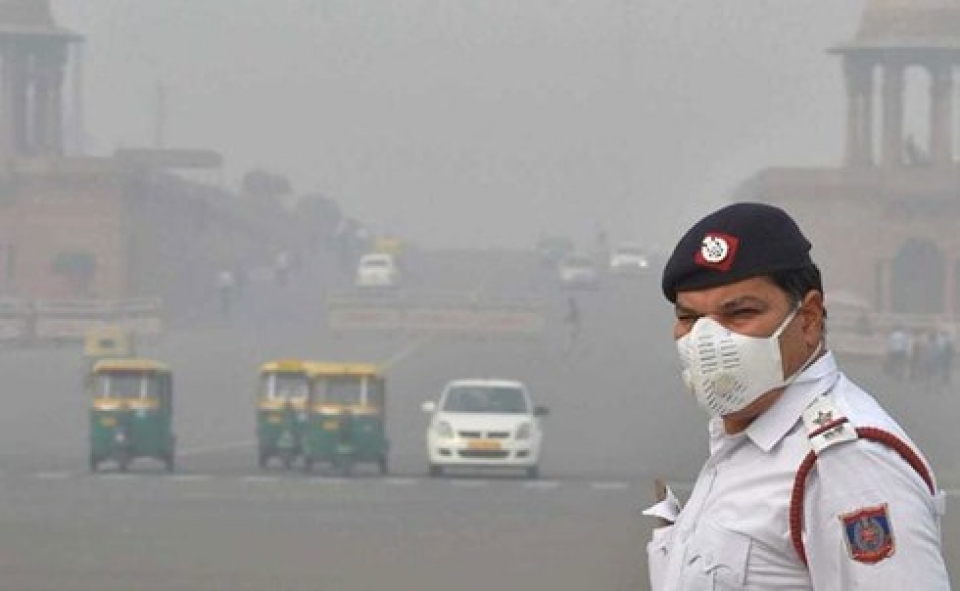
Air pollution in New Delhi. (Source: NDTV)
The difficult fight against the "silent killer"
It is not without reason that experts call air pollution a silent killer. Air pollution is more dangerous than tobacco or alcohol, and is one of the biggest threats to global health.
According to WHO, air pollution kills 7 million people every year globally, about 200,000 of whom are children under 15 years old. Previously, in 2022, WHO statistics showed that 99 out of 100 people breathe polluted air. According to a study conducted by the University of Chicago in early 2023, people's lives could be shortened by 12 years due to poor air quality.
Among the countries, India is considered to be the country facing the “highest health burden” due to air pollution and a large number of people are affected by high concentrations of particulate matter pollution. Because of this danger, India has long considered air pollution as a matter of utmost concern and has considered fighting air pollution as a fierce battle.
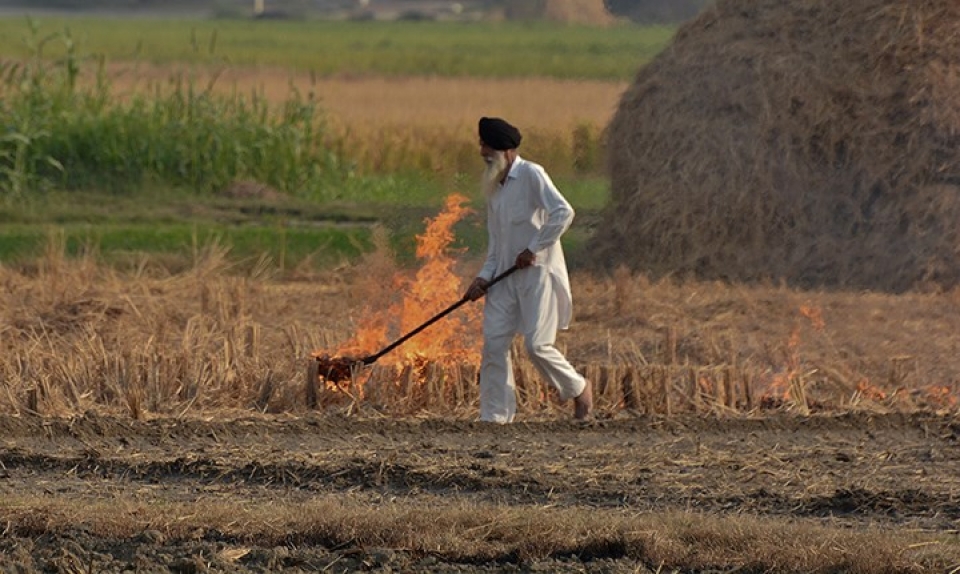
Farmers burning stubble in fields on the outskirts of the city is one of the causes of severe pollution in New Delhi. (Source: AP)
To combat and defeat the “silent killer”, many solutions and measures against air pollution have been proposed in India. In 2019, many giant air purifiers were installed at busy intersections in the capital New Delhi to combat road dust and pollution from vehicle exhaust.
Also this year, New Delhi authorities restricted the use of private cars for two weeks through a system that allows cars to operate on alternate days depending on whether their license plate ends in an odd or even number. India has also considered using cloud technology developed by the Indian Institute of Technology (IIT) to create rain and reduce pollution levels.
However, the plan was delayed due to lack of aircraft or sufficient technological support to disperse the clouds. In 2022, 521 water cannons, 233 smoke cannons and 150 mobile smoke cannons were deployed across the Indian capital and its surrounding areas, especially in areas where air pollution was approaching “severe” levels, to reduce pollution.
The Delhi government has also decided to ban construction and demolition activities in the area, with 586 teams set up to monitor the ban. Most recently, India launched its first National Clean Air Programme (NCAP) which aims to reduce PM 2.5 and PM 10 levels by 20-30% in 102 cities by 2024.
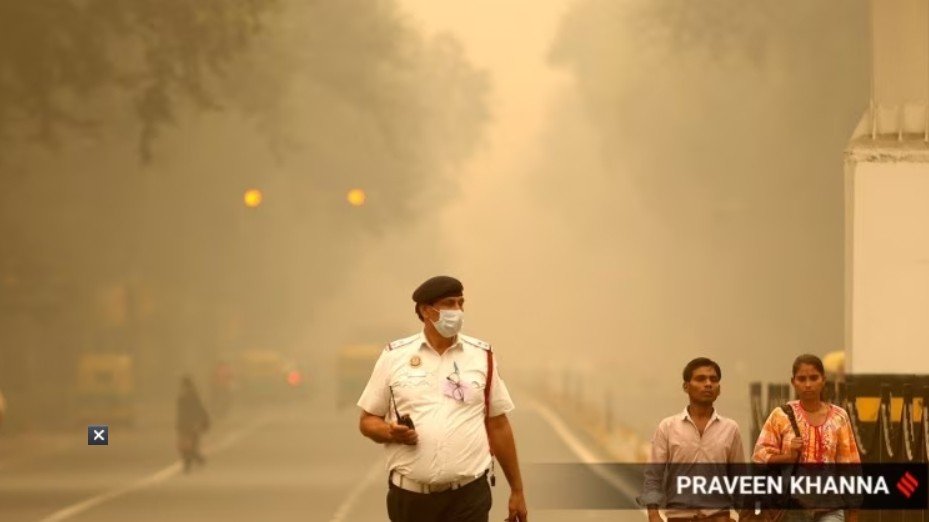
A traffic policeman in heavy smog due to pollution in New Delhi. (Source: Indian Express)
Many solutions have been proposed, but so far, the fight against the “silent killer” is still very difficult. For example, the ban on burning straw has not been effective because the penalties have not been strictly applied, as well as the lack of support solutions from the authorities to support machines to help farmers process straw, and the inability to change farmers’ awareness.
While the fight is still “going nowhere,” studies continue to warn: The more smog, the worse health, with air pollution linked to heart attacks, asthma, diabetes and liver cancer. In New Delhi, breathing in smog is equivalent to smoking 25 cigarettes a day, contributing to millions of deaths worldwide due to air pollution.
Ha Anh
Source



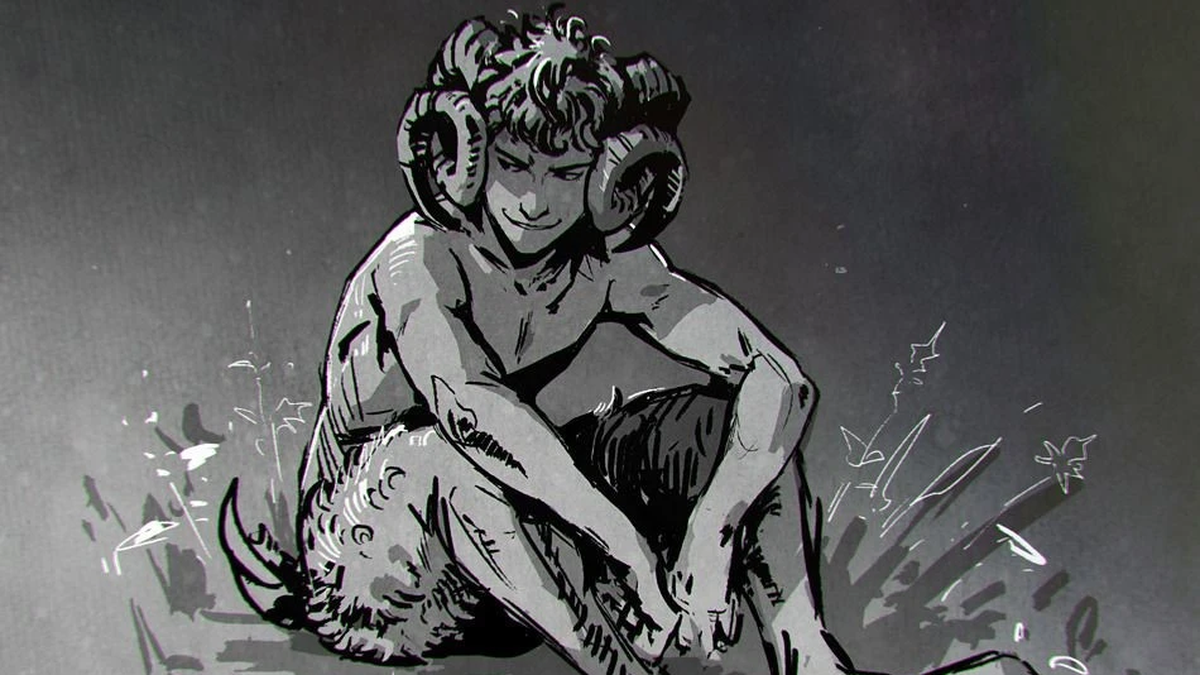



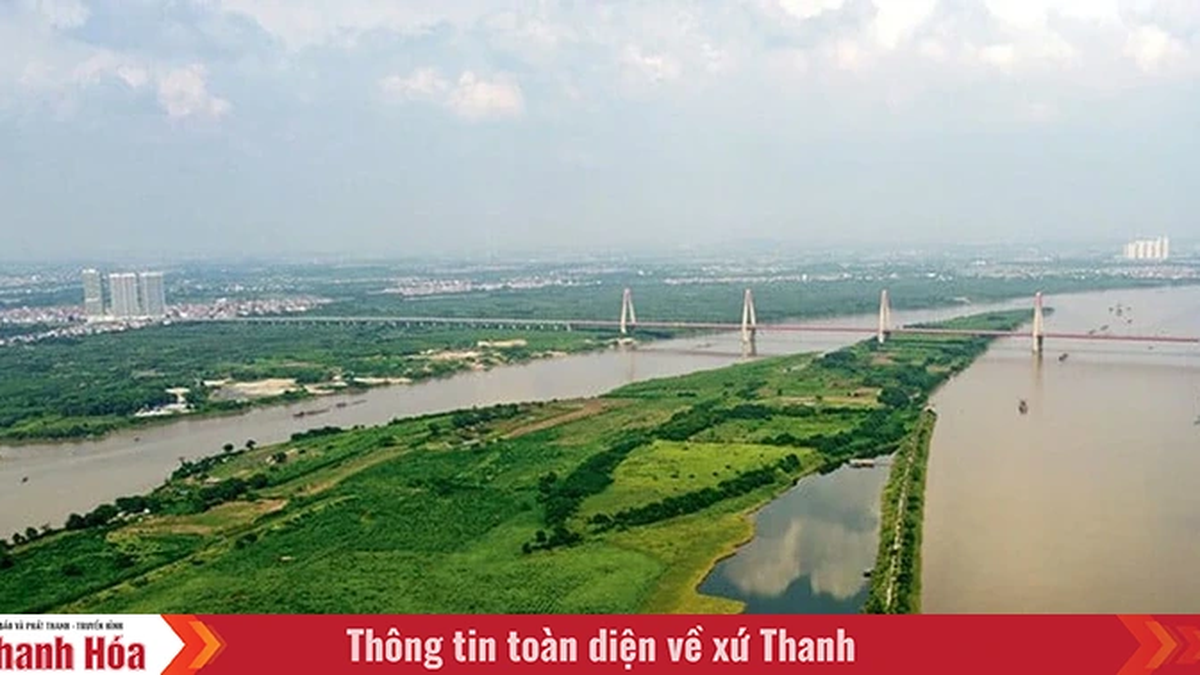

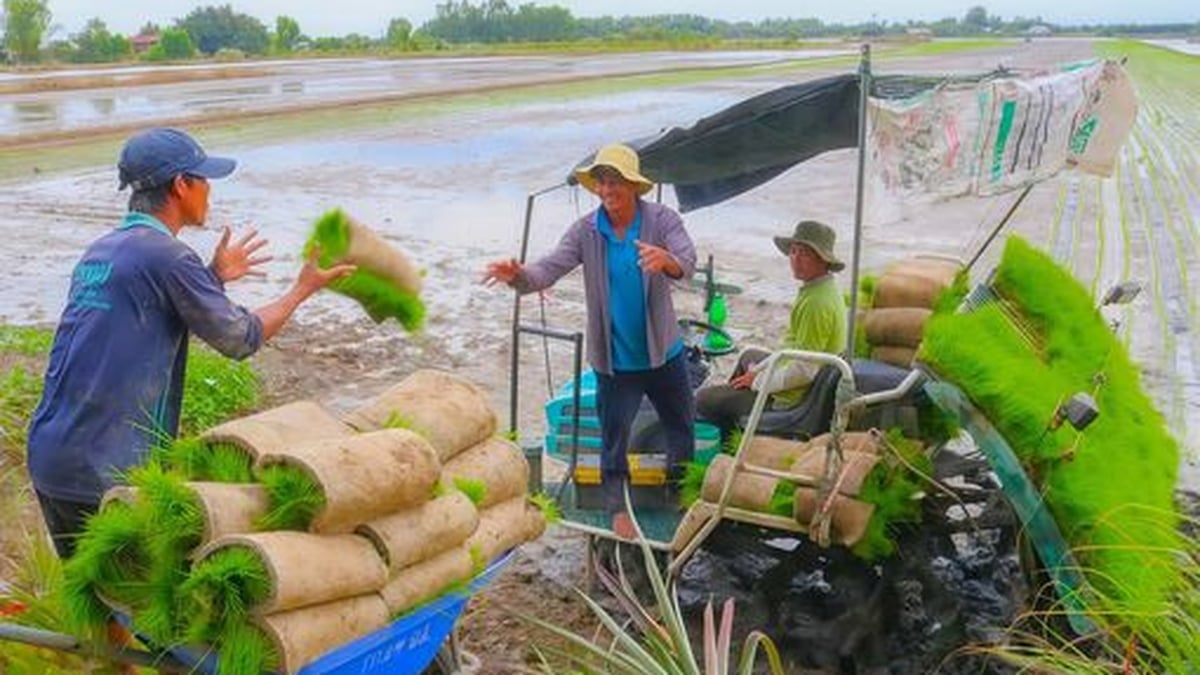





























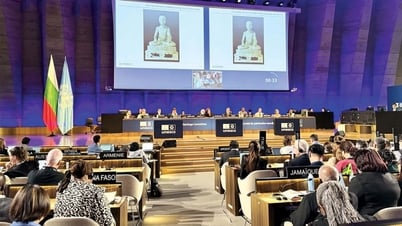

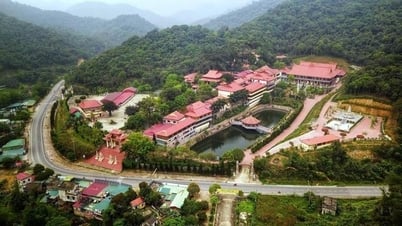























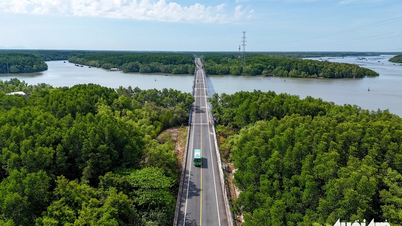




























![[Infographic] In 2025, 47 products will achieve national OCOP](https://vphoto.vietnam.vn/thumb/402x226/vietnam/resource/IMAGE/2025/7/16/5d672398b0744db3ab920e05db8e5b7d)



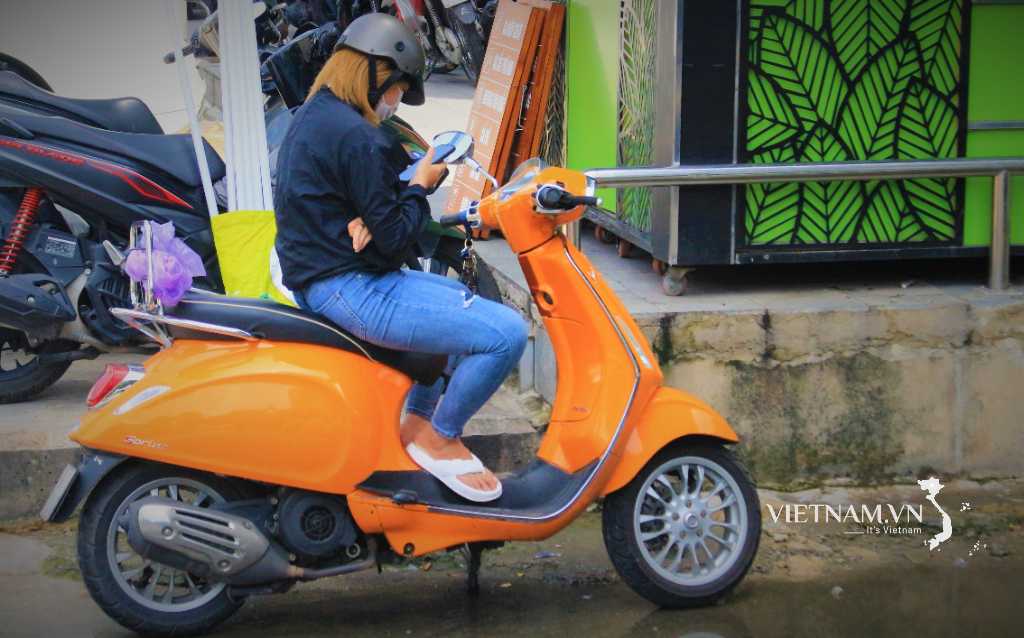

Comment (0)